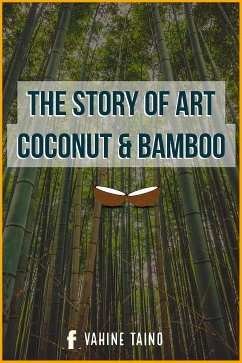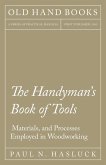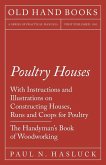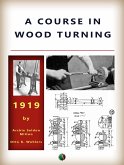The Story of Art Coconut & Bamboo Although coconut cultivation is spread across 93 countries, providing jobs and creating livelihood opportunities for 64 million families around the globe, smallholder coconut farmers face numerous challenges now. A major concern is the broad gap between potential and real yield, and as such it is important to disseminate information for the implementation of research findings. Coconut research is celebrating its centenary in India, one of the leading coconut producing countries, making this a timely time to study the developments in research and development and the related technologies.This extensive and informative book covers all aspects of coconut; Therefore this book is of great interest to scholars, students, extension staff, development agencies and graduate farmers. Coconut palm is the hallmark of the tropical beaches with its often slanting trunks and symmetrical crown. For about a century from the dawn of the Industrial Revolution, the coconut oil was the most traded among all the vegetable oils. Every part of the palm was being put to active economic uses very ancient times. The coconut palm is the most ubiquitous plant species in the more than 30,000 islands that jot the tropical and subtropical seas of the Old World and in their littoral regions. It has been an integral component of the legends, Flores, ethnography, and lives of the people of these vast regions from prehistoric times. Firstly, what is called coconut? Any fruit? A motherfucker? Coconut can be a fruit, a nut and a seed for making it more complicated. (Technically it's a fibrous one-seeded drupe. Try telling your friends that.) When you'd pick up a coconut from a coconut palm, you'd find it's hard and green, the layer called the exocarp. Only below the layer is the husk, called the mesocarp (it looks dark and hairy). Within this is the endocarp, which is the seed outside. Open the seed, and you will touch the white layer of "meat" and liquid coconut. The fruit-nut has long been in use explorers wrote about coconuts after they visited India in the fifth century. From Hawaii to Madagascar coconut palms today grow in the tropics. While they are not native to the continental United States, the coconut palm was introduced and now grows well along the coastal regions of southern states such as Florida "Super food" and "coconut" are two words often used together in the wellness lexicon but there is still a shortage of empirical evidence.
Dieser Download kann aus rechtlichen Gründen nur mit Rechnungsadresse in A, B, BG, CY, CZ, D, DK, EW, E, FIN, F, GR, HR, H, IRL, I, LT, L, LR, M, NL, PL, P, R, S, SLO, SK ausgeliefert werden.









